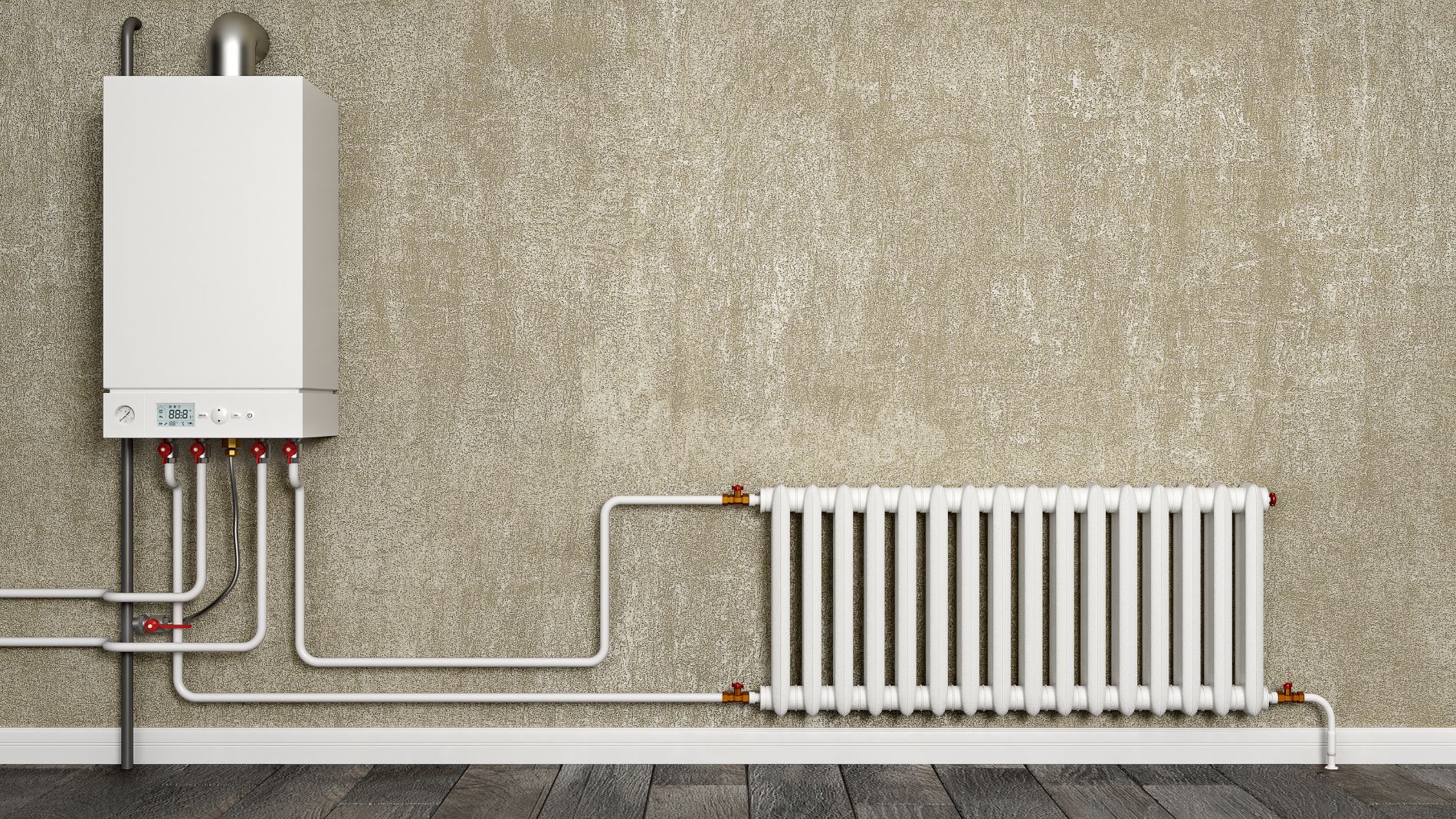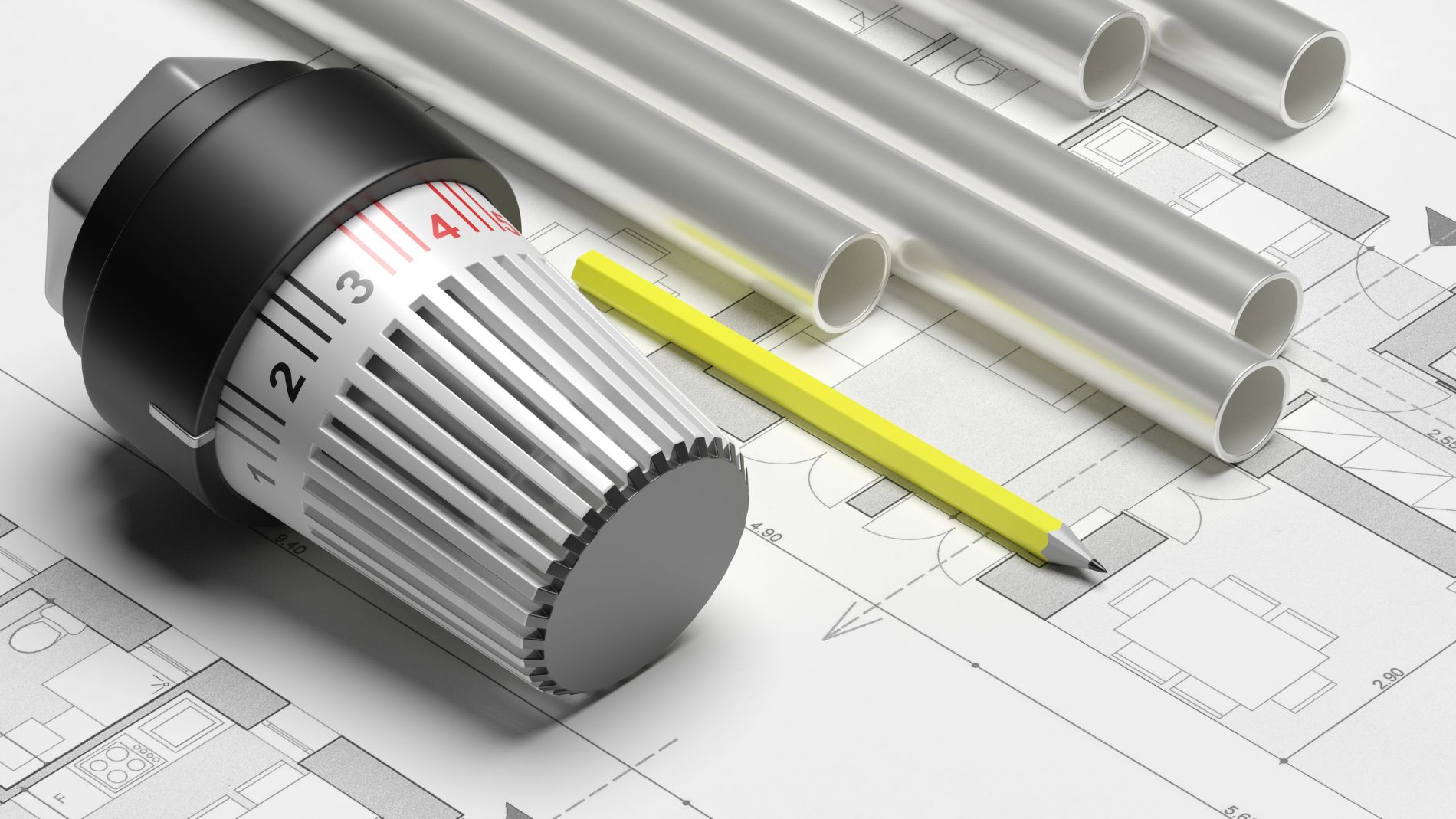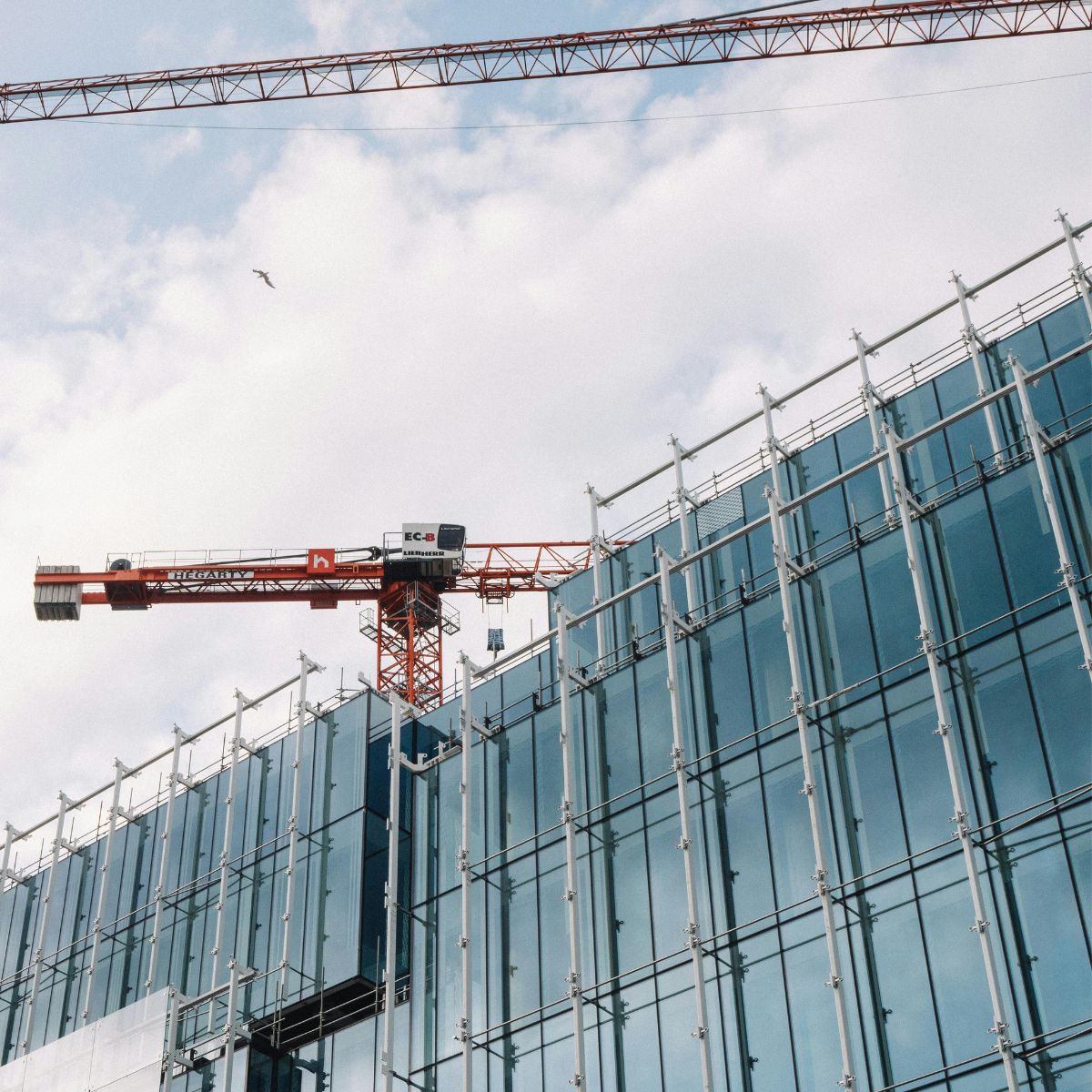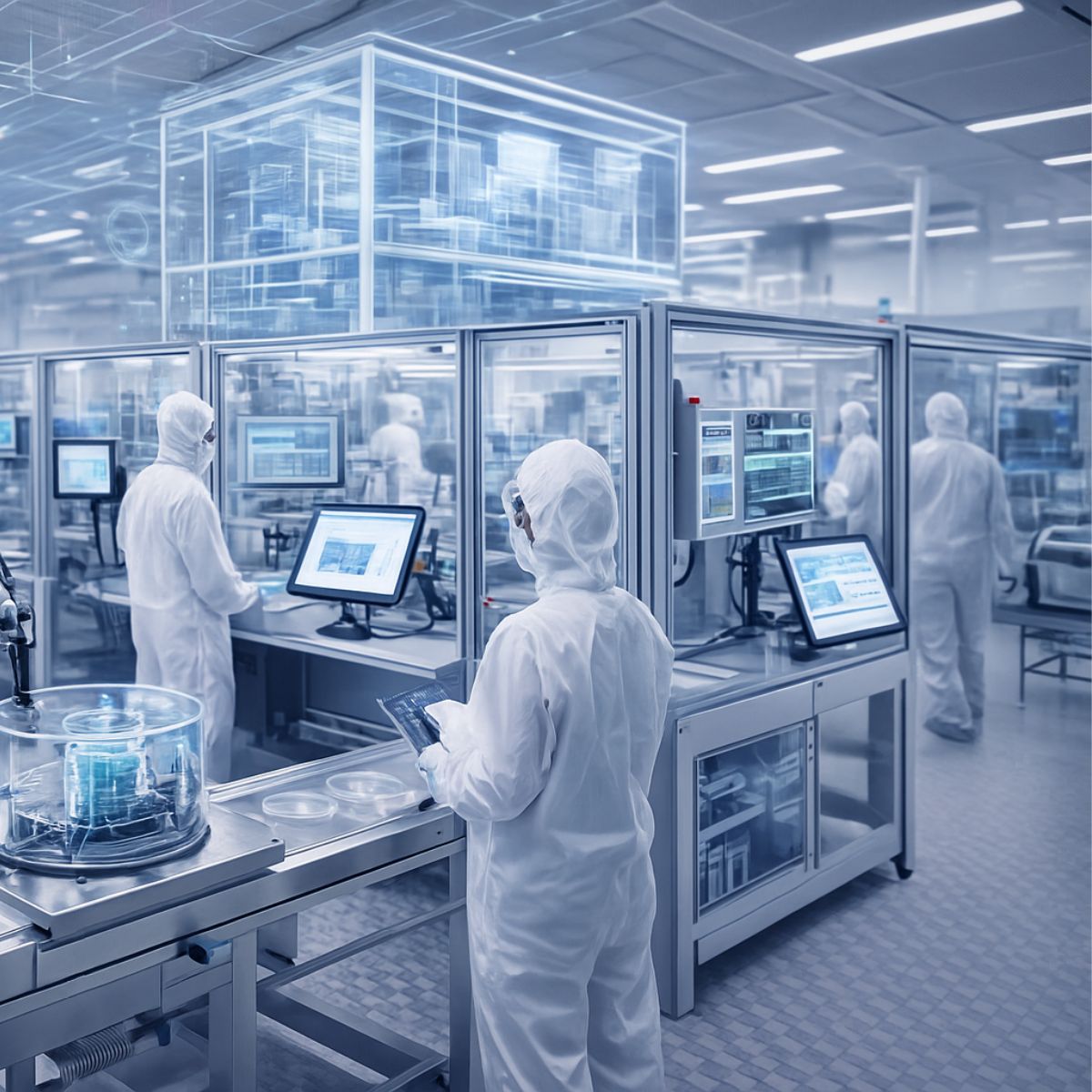Heating generates 20% of global CO₂ emissions, making it a key target for climate action. To achieve net-zero by 2050, , it is essential to make existing heating systems more efficient through smart technologies and renovation measures.1 Improved insulation and green heating technologies are among the measures reducing emissions in buildings.
Reading time: 4 minutes
Energy Optimization for Existing Commercial Buildings

Conventional heating systems, such as gas and oil boilers, are still widely used in commercial properties. Upgrading these systems can significantly enhance energy efficiency without the need for complete replacements. Condensing technology, which recycles waste heat from flue gases, improves efficiency by up to 30% and reduces emissions. Hydraulic balancing ensures even heat distribution, eliminating inefficiencies, while smart thermostats optimize temperature control, cutting energy use further.
These measures align with global energy goals, offering cost-effective ways to meet stricter regulations while lowering operating costs and carbon footprints—key drivers for sustainable building operations.
Integrating Renewable Energy into Heat Generation
To reduce the use of fossil fuels in heating, renewable energy must be more widely adopted. Solar thermal systems, for example, are mature technologies that can be integrated into existing heating systems to boost efficiency. Globally, countries are investing in green district heating and smart energy management systems that use energy storage to optimize energy distribution.
Smart energy systems also allow for the integration of excess electricity from solar panels to power electric heating solutions like heat pumps and infrared heaters. These systems benefit from real-time optimization through AI and building automation, allowing for more efficient energy use.
Resource Savings Through Smart Control
A major step toward efficiency in existing buildings is the retrofitting of smart energy management systems. These systems rely on advanced sensors and algorithms to monitor and optimize energy consumption in real time, improving performance without requiring major renovations. Heating systems integrated with building automation adjust to actual demand, reducing output when buildings are unoccupied or adapting temperatures based on weather forecasts.
They analyze data to identify optimization opportunities and automatically adjust heating, ventilation, and air conditioning systems for efficient operation and improved comfort. Energy storage solutions can also be integrated to store surplus energy, such as from solar panels, making it available when needed. This approach enhances energy performance in existing buildings, conserves resources, and ensures more sustainable energy use.
Energy-Efficient Renovation of Existing Buildings

To maximize the benefits of new heating systems, energy-efficient renovations of existing buildings are essential. Improving insulation and replacing outdated windows reduce heat loss by up to 80%, lowering overall energy demand. In many cases, using bio-based insulation materials can further reduce the building’s carbon footprint, as they require less energy to produce.
Future-Ready Heat Generation as a Synergy
The transition to sustainable heating can only succeed if existing and new technologies are intelligently combined. The integration of renewable energy sources, the modernization of conventional heating systems, and comprehensive renovation measures play a key role. Smart energy management systems ensure that all components work together efficiently, maximizing savings potential. This approach makes heat generation future-ready—a crucial step for climate protection and reducing CO₂ emissions in the building sector.
FAQ
What are the most energy-efficient heating systems?
Electric heating solutions such as heat pumps, infrared heaters, and radiant floor heating operate with high efficiency. Electric radiant heaters convert electricity directly into radiant heat, warming the immediate surroundings, while infrared heaters use electromagnetic waves to heat nearby objects. These systems boast nearly 100% efficiency with no energy loss. On the other hand, the heat pump, considered the heating system of the future, can achieve up to 300% efficiency. For hot water, solar thermal systems can provide up to 70% of the required energy, significantly reducing electricity consumption.
What eco-friendly technologies are used in future-proof buildings?
Not only green electricity production through solar energy, geothermal energy, and wind power is key in the energy transition, but sustainable heat supply also plays a crucial role in achieving climate goals. Future climate-friendly heat generation will rely on heat pumps, electric radiant heating, infrared heaters, and solar thermal systems, or a combination of these. Thanks to subsidies, systems like solar thermal are increasingly being integrated into new buildings. However, solar and geothermal energy still face temperature limitations, making them suitable within a specific range.
How can existing buildings be upgraded to use eco-friendly heating systems?
Electric underfloor heating is an excellent option for modernizing heating systems in existing buildings. The metal heating elements are only three millimeters thick, making them easy to install in floors, walls, and ceilings. This lightweight and flexible structure allows for relatively simple retrofitting, even in older buildings. To maximize the effectiveness of electric heating solutions like this, it is essential for buildings to have high-quality insulation. When powered by renewable energy sources, such as solar or wind power, electric heating solutions become a truly sustainable option for reducing the environmental footprint of building heating systems.





